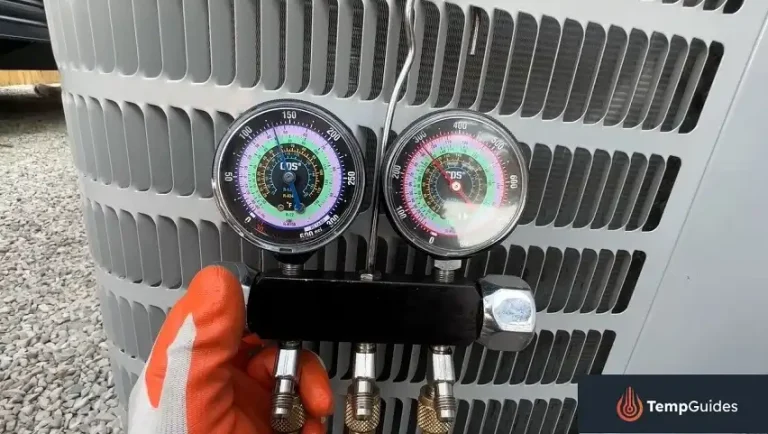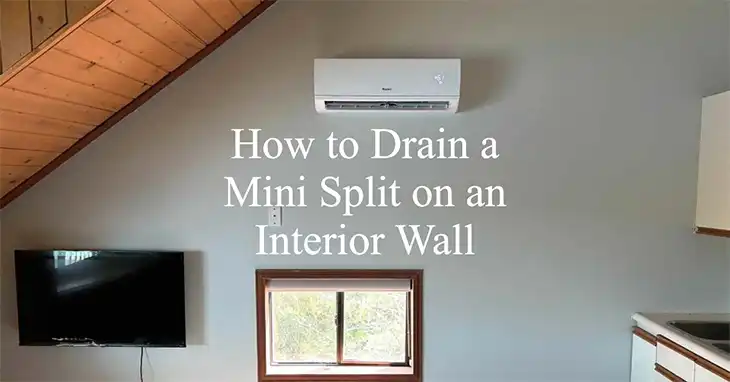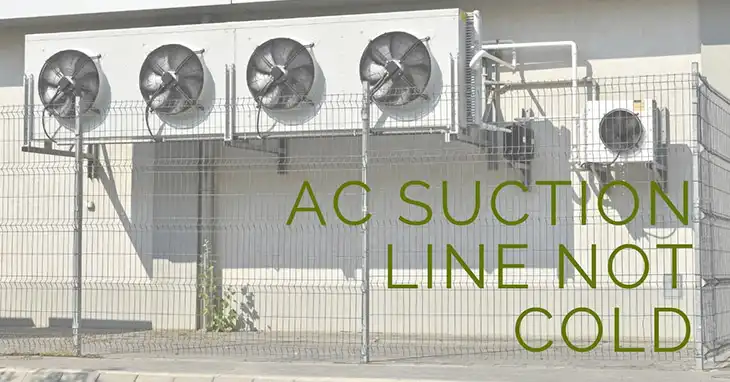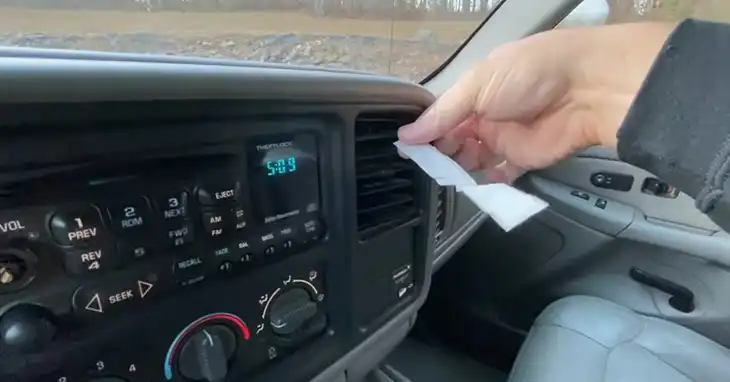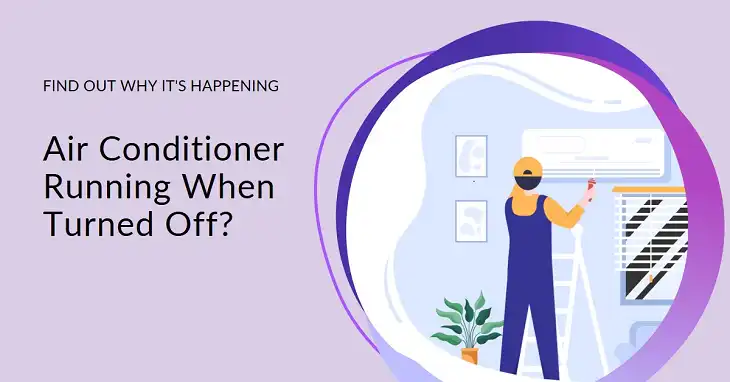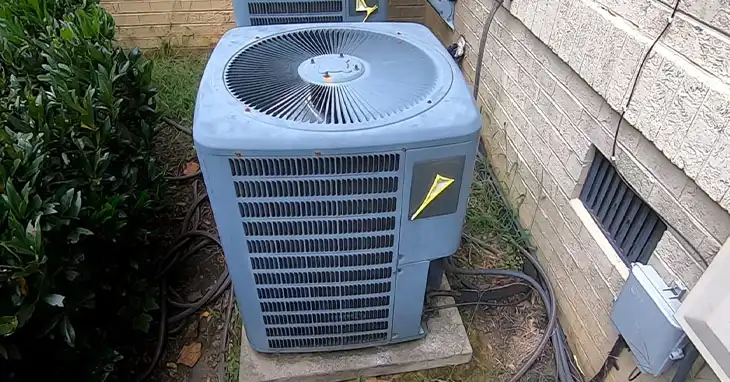Mitsubishi Mini Split Not Blowing Cold Air: How to Troubleshoot
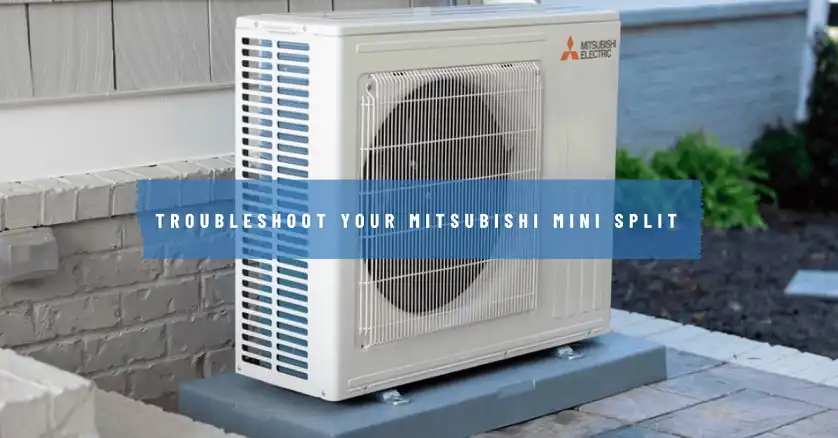
If your Mitsubishi mini split isn’t blowing cold air, it can be frustrating, especially during those hot summer months when reliable air conditioning is crucial. The good news is that most issues can be resolved with a bit of troubleshooting. This guide will help you identify and fix the problem so you can enjoy cool air again.
How Mitsubishi Mini Split Systems Work
Before diving into troubleshooting, it’s essential to understand how your Mitsubishi mini split system works. This knowledge will help you diagnose and address the issue more effectively.
Basic Components of a Mitsubishi Mini Split
A Mitsubishi mini split system consists of several key components:
Indoor Unit (Evaporator): This unit is responsible for absorbing heat from the indoor air. It contains the evaporator coil, which cools the air before it’s circulated back into the room.
Outdoor Unit (Condenser): The outdoor unit releases the heat absorbed from inside the home. It contains the condenser coil, compressor, and fan.
Refrigerant Lines: These lines carry the refrigerant between the indoor and outdoor units. The refrigerant absorbs and releases heat as it circulates through the system.
Thermostat/Controller: The thermostat allows you to control the temperature and settings of your mini split system.
How the Cooling Cycle Works
The cooling process in a mini split system involves the refrigeration cycle, which includes several stages:
- The refrigerant absorbs heat from the indoor air as it passes through the evaporator coil.
- The refrigerant, now in a gaseous state, travels to the outdoor unit via the refrigerant lines.
- In the outdoor unit, the compressor compresses the refrigerant, increasing its temperature.
- The hot refrigerant releases its heat to the outside air as it passes through the condenser coil, cooling it back to a liquid state.
- The cooled refrigerant returns to the indoor unit to repeat the cycle.
Understanding this cycle is crucial for diagnosing why your Mitsubishi mini split may not be blowing cold air.
Common Causes of Insufficient or No Cooling from Mitsubishi Mini Splits
There are several reasons why your Mitsubishi mini split may not be providing adequate cooling. Let’s explore some of the most common causes and how to address them.
Thermostat or Controller Issues
One of the simplest explanations for a lack of cooling could be an issue with the thermostat or controller. Ensure that the thermostat is set to the correct temperature and mode (cooling mode). Sometimes, the problem may be as simple as low batteries in the thermostat, which can affect its operation.
If you’re using a remote control, verify that it’s functioning correctly and that the signal is reaching the indoor unit. Resetting the thermostat or controller can also resolve minor glitches.
Air Filter Problems
Dirty or clogged air filters are another common culprit behind insufficient cooling. Air filters trap dust, dirt, and other particles, preventing them from entering the system. However, over time, these filters can become clogged, restricting airflow and reducing cooling efficiency.
Regularly cleaning or replacing your air filters is essential for maintaining your system’s performance. For homes with pets or in dusty environments, it’s recommended to check and clean the filters monthly. In other settings, every two months should suffice.

Image: cleaning Mitsubishi mini split air filter
Refrigerant Issues
The refrigerant is a vital component of your mini split system’s cooling process. If your system is low on refrigerant or has a leak, it won’t be able to cool the air effectively. Signs of refrigerant issues include hissing sounds, weak airflow, or ice buildup on the coils.
It’s important to note that refrigerant handling should only be performed by a certified technician due to its environmental impact and the need for precise handling. A chart or table comparing normal and low refrigerant symptoms can be helpful here.

Image: Mitsubishi mini split refrigerant leak
Coil Problems
Dirty or obstructed coils can also cause your mini split system to underperform. The evaporator coil (indoor unit) and condenser coil (outdoor unit) must be clean and free of debris to facilitate proper heat transfer. If the coils are dirty, they can’t release or absorb heat effectively, leading to poor cooling performance.
In some cases, you may notice ice buildup on the evaporator coil, which can indicate a more serious problem such as restricted airflow or low refrigerant. Cleaning the coils can often resolve these issues, but it’s important to do so carefully to avoid damaging them.

Image: cleaning Mitsubishi mini split coils
Electrical Issues
Electrical problems can also prevent your mini split system from cooling effectively. Tripped circuit breakers, loose electrical connections, or faulty wiring can disrupt the system’s operation. If you suspect an electrical issue, start by checking the circuit breaker. If it’s tripped, reset it and see if the system resumes normal operation.
However, if the breaker continues to trip, or if you notice other electrical issues, it’s best to consult a professional. A table or diagram illustrating how to check and reset a circuit breaker can be helpful.
Compressor Malfunction
The compressor is the heart of your mini split system. It compresses the refrigerant, enabling it to release heat outside and absorb heat inside. If the compressor isn’t functioning properly, your system won’t be able to cool effectively.
Signs of a failing compressor include unusual noises, reduced cooling capacity, or the system not turning on at all. Compressor issues usually require professional diagnosis and repair.
Sensor Malfunctions
Temperature sensors play a crucial role in maintaining the desired temperature. If the sensors are faulty or misaligned, they may not detect the room’s temperature accurately, causing the system to operate incorrectly.
You can often correct sensor issues by gently adjusting the sensor’s position or cleaning it to remove any dust or debris.
Blocked Condensate Drain
A blocked condensate drain can lead to water buildup in the system, which may trigger a safety switch and shut down the system to prevent damage. This can indirectly affect cooling performance.
Clearing the condensate drain is usually a straightforward process, but it’s important to handle it carefully to avoid causing further issues. Consider searching for “Mitsubishi mini split condensate drain cleaning” for an instructional image.
How to Troubleshoot A Mitsubishi Mini Split that’s Not Cooling
Now that we’ve covered the potential causes, let’s walk through a step-by-step troubleshooting guide to address these issues.
Thermostat Checks
Start by checking the thermostat or controller. Verify that it’s set to cooling mode and that the temperature is set lower than the current room temperature. If the thermostat uses batteries, replace them with fresh ones to rule out low battery issues. If the thermostat is still unresponsive, try resetting it by following the manufacturer’s instructions.
Power Supply Inspection
Next, check the power supply to your mini split system. Inspect the circuit breaker panel to see if any breakers have tripped. If you find a tripped breaker, reset it and observe whether the system starts operating normally. If the breaker trips again, there may be an underlying electrical issue that requires professional attention.
Air Filter Maintenance
Inspect the air filters in the indoor unit. If they appear dirty or clogged, remove them and clean them according to the manufacturer’s guidelines. For washable filters, rinse them with water and let them dry completely before reinstalling them. If you’re using disposable filters, replace them with new ones. Keeping the filters clean ensures optimal airflow and cooling performance.
Coil Inspection and Cleaning
Check the evaporator and condenser coils for any signs of dirt or debris. If the coils are dirty, clean them using a soft brush or a vacuum with a brush attachment. For the condenser coil (outdoor unit), you can use low-pressure water to rinse away dirt. Be gentle during cleaning to avoid damaging the coils. If the coils are heavily soiled or if there’s ice buildup, it may be time to call in a professional.
Refrigerant Leak Detection
Listen for any hissing sounds near the refrigerant lines, which could indicate a leak. If you suspect a refrigerant leak, it’s crucial to contact a certified technician to handle the issue. They will have the necessary tools and expertise to repair the leak and recharge the refrigerant to the correct level.
Compressor Evaluation
If the system is still not cooling after addressing the above issues, the compressor may be at fault. Signs of a failing compressor include strange noises, reduced cooling capacity, or the system not turning on. Unfortunately, compressor issues typically require professional diagnosis and repair, as they involve complex components and potentially high repair costs.
Sensor Testing
Examine the temperature sensors to ensure they are clean and properly positioned. If they are dirty, clean them gently. If they seem misaligned, adjust them so that they can accurately detect the room temperature. If sensor issues persist, it may be necessary to replace them.
Condensate Drain Clearing
Locate the condensate drain and check for any blockages. If you find a blockage, clear it using a wet/dry vacuum or a specialized drain cleaning tool. Keeping the drain clear will prevent water buildup andblock airflow, which can impact the system’s cooling efficiency. Once the drain is clear, your system should operate more effectively.
System Reset Procedure
If you’ve checked all the components and the system still isn’t cooling, try performing a full system reset. This process varies depending on your specific Mitsubishi mini split model, so consult your user manual for precise instructions. Generally, you can reset the system by turning off the power, waiting a few minutes, and then turning it back on.
FAQs
Why is my Mitsubishi mini split blowing warm air instead of cold?
There could be several reasons, including incorrect thermostat settings, low refrigerant levels, or a malfunctioning compressor. Check these components as outlined in the troubleshooting guide.
How often should I clean the air filters?
Air filters should be cleaned or replaced monthly in homes with pets or in dusty environments, and every two months in other settings.
What is the lifespan of a Mitsubishi mini split system?
With proper maintenance, a Mitsubishi mini split system can last 15-20 years.
Can I recharge the refrigerant myself?
No, refrigerant recharging should be done by a certified technician due to the environmental regulations and the need for precise handling.
How do I reset my Mitsubishi mini split?
To reset the system, turn off the power, wait a few minutes, and then turn it back on. Consult your user manual for specific instructions related to your model.

